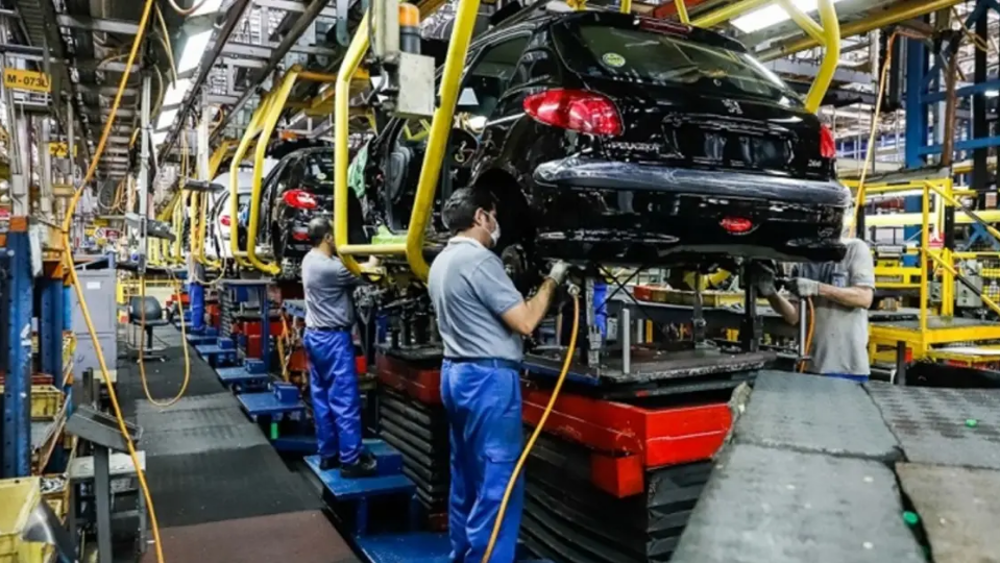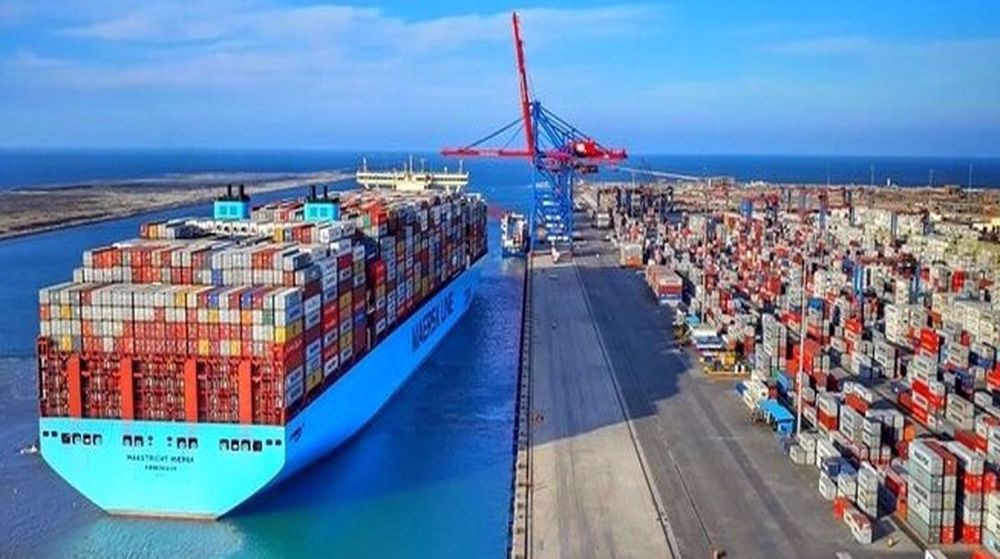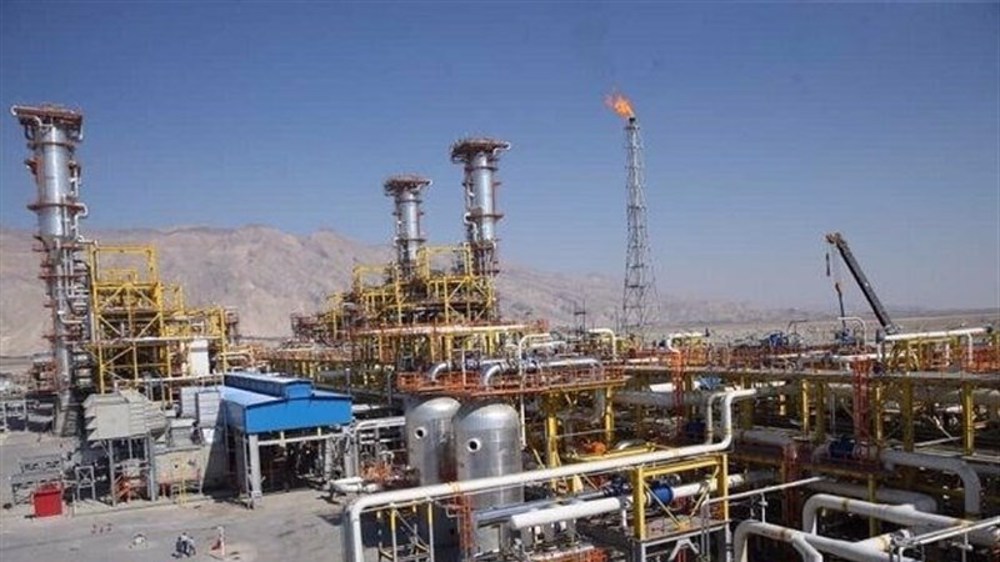Iran faces gear shift in automotive industry
The automotive industry is one of the most important sectors of the Iranian economy, which has been depending on domestic auto parts producers to keep operating since the US targeted the country with new sanctions in 2018.
The Iranian auto industry has a history of more than half a century, with a sizable industrial and employment base involved in assembling foreign brands.
French automakers and their peers, however, stopped supplying vital components to Iran as the US sanctions kicked in, targeting the Islamic Republic’s key industries including cars.
The immediate impact was a sudden surge in car prices amid a widespread shortage of crucial parts, but it also became a raison d'être for survival as Iran’s auto industry fought to pull together in a remarkable spirit of economic resilience against the sweeping American sanctions.
Iran’s defense industry stepped in to produce some crucial components, such as airbags and electronic control units, while a nascent auto parts industry emerged out of the need for new cars.
Experts believe this is the missing link which had been overlooked for too long. They cite the world's biggest car manufacturers such as Germany, Italy, Japan and the US which all have powerful parts manufacturers.
The countries are totally self-sufficient in making parts for their own brand cars and source no component from other countries barring few exceptions, when their imports make more economic sense.
Other countries such as Brazil and Turkey are more engaged in parts manufacturing than car production.
Present in Brazil since 1953, Volkswagen do Brasil is the largest automobile producer in the Latin American country, with more than 25 million vehicles manufactured, and the largest exporter of Brazilian automotive sector, thanks to the country’s strong parts manufacturing sector.
Some experts believe if Iran had dedicated its resources to developing a robust component manufacturing base instead of assembling cars, it would have been on a different page now. As a rule of thumb, they say, a carmaker can't work without a parts maker, but a parts maker can operate without a car maker.
Parts manufactured in Iran are used in domestic cars. Experts say there is enough ability and expertise in Iran to step up parts manufacturing capabilities and export products to a much welcoming market than that for its cars.
Nevertheless, they do not write off the country’s car manufacturing lock stock and barrel. The automotive sector is a strategic industry that includes many upstream and downstream industries. It is the country’s largest sector outside oil and gas that accounts for 10 percent of the country’s gross domestic product and employs some 700,000 workers.
With more than 85 million people and annual output of some $500 billion, Iran is also a large market where there is enough potential to become both a car making and parts manufacturing powerhouse at the same time with better planning.
The current auto industry has the full state support and a monopoly on the market which, many critics say, has resulted in a laggard sector with no serious efforts to improve quality despite frequent price hikes. The government also levies hefty customs duties on imports in order to protect the domestic auto industry.
A powerful parts manufacturing sector can help the auto industry improve and prosper. The most important requirement for this, experts say, is the access of parts makers to modern technology and modern machines to increase competitiveness.
They say if the quality of auto parts produced in Iran improves, there are enough markets to export them. Iraq, Afghanistan and Pakistan, with a population of some 300 million people, are some of Iran’s immediate neighbors with a potential market for auto parts.
VIDEO | UNRWA’s financial crisis deepens amid support cuts
South Korean President Yoon arrested over failed martial law bid
VIDEO | Press TV's news headlines
US budget deficit surges to record $711 billion
VIDEO | Yemeni army conducts three attacks against Israel within 12 hours
VIDEO | Gaza’s kidney patients face imminent death amid lack of fuel
Yemeni drones hit targets in Israel-occupied Yaffa
VIDEO | Is the worst yet to come?










 This makes it easy to access the Press TV website
This makes it easy to access the Press TV website